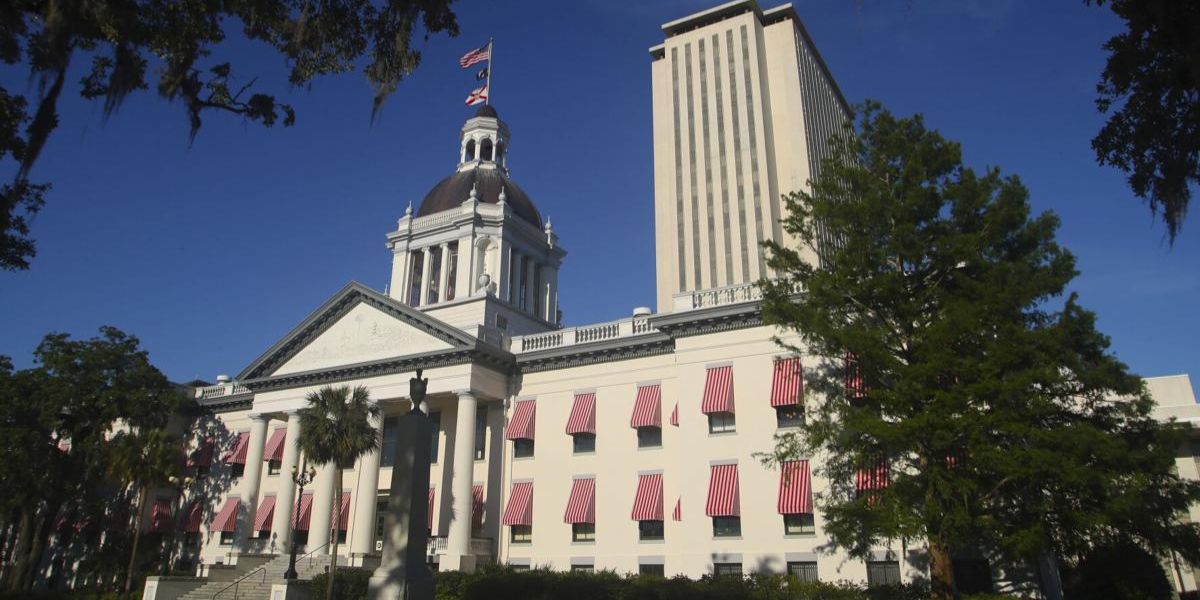If you recently looked over your student loan balance and noticed that it was listed as “in forbearance,” you may be curious about what it really means.
Although the term “forbearance” may seem alarming at first, it merely means that your loan payments are temporarily suspended and does not suggest that your loan is in difficulty.
However, it’s critical to comprehend the causes and potential implications for your long-term repayment objectives.
Borrowers can halt or lower their loan payments for a set period of time by requesting student loan forbearance.
This choice is usually given while a borrower is experiencing financial difficulties or when loan servicers are resolving administrative or technical problems.
It’s not a pass from your debt, though. The majority of forbearance periods permit interest to accrue, which may raise your overall debt when repayment starts up again.
Typical causes of your debts being placed in forbearance
Your student loans may be in forbearance for a number of reasons.
When handling account transitions, application backlogs, or billing mistakes, your loan servicer may occasionally put your account in this status.
Unless you are contacted directly, these administrative delays are usually brief and don’t need any action from you.
Legal challenges or policy conflicts regarding new repayment schemes are another increasingly common reason for forbearance.
For instance, your loan might have been put in deferment if you applied for the Saving on a Valuable Education (SAVE) plan, while federal judges examine or prevent the plan’s execution.
Borrowers are not obliged to make any payments under this scenario, and occasionally even the accrual of interest is halted.
If you’re having financial difficulties, you can also be eligible for forbearance.
It may be challenging to fulfil your normal student loan requirements if you experience a job loss, unforeseen medical costs, or other temporary financial challenges.
Although acceptance is not assured, you can request for general forbearance in these situations through your loan servicer.
Forbearance has drawbacks even though it can provide some short-term breathing room.
Through a process known as capitalisation, interest can be added to your loan sum and frequently keeps accruing.
This implies that even if you’re not making payments, your debt can increase.
Furthermore, months in forbearance often do not count towards loan forgiveness programs like Income-Driven Repayment (IDR) forgiveness or Public Service Loan Forgiveness (PSLF).
Forbearance by itself doesn’t harm your credit, but it can if you don’t continue making payments after it ends.



